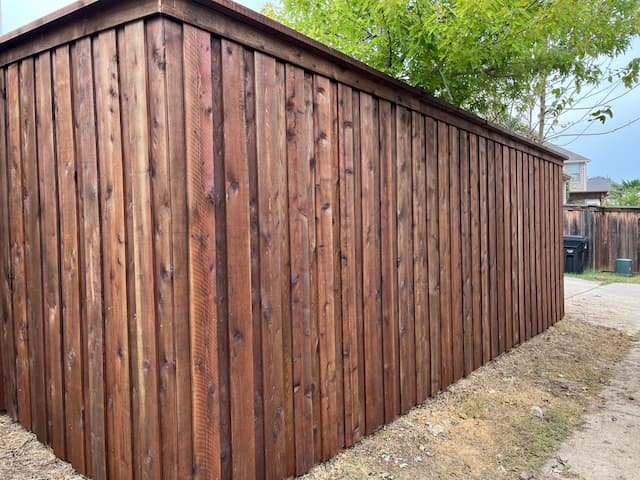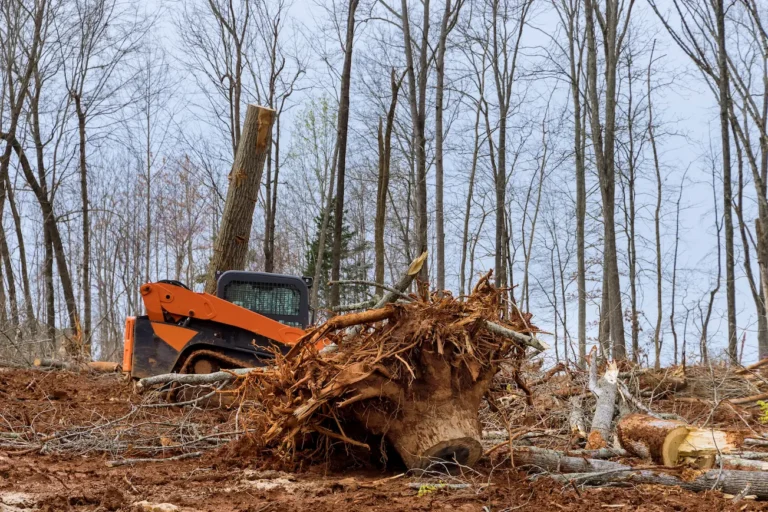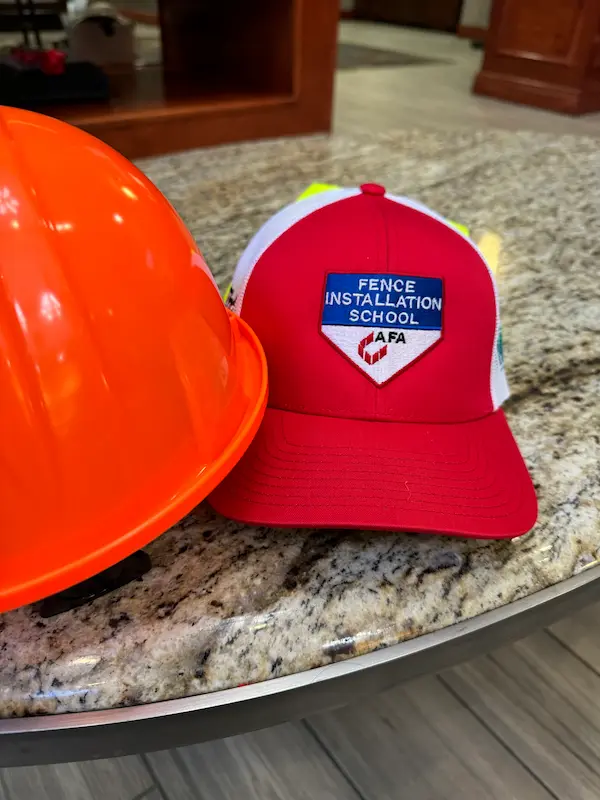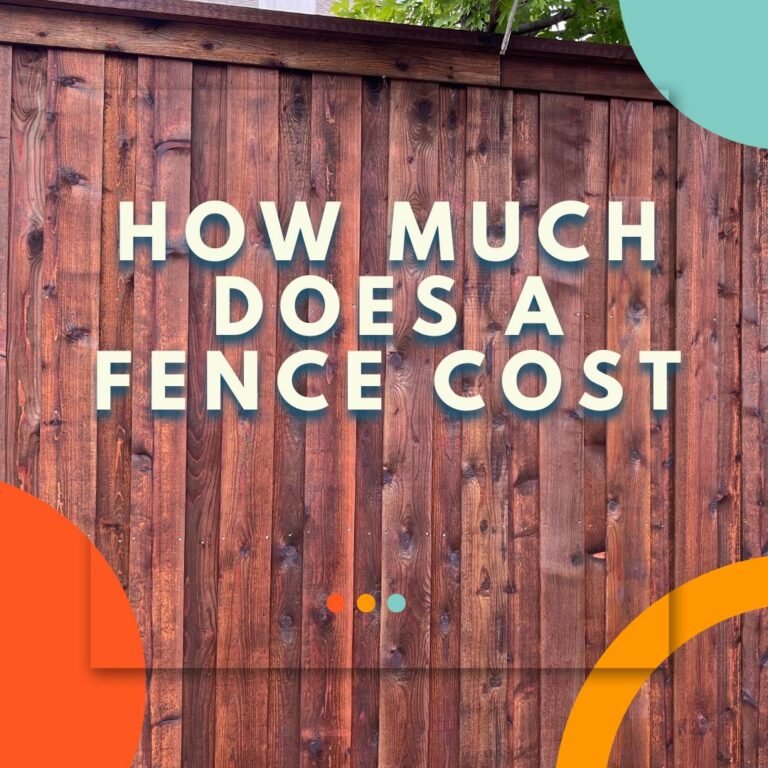What Is the Best Wood for a Fence?
When deciding to build a wooden fence, one of the most crucial decisions you’ll face is choosing the right type of wood. Wood fences offer privacy, security, and aesthetic appeal, but not all wood is created equal. The type of wood you select will impact the longevity, maintenance requirements, and overall appearance of your fence. This article will explore the various types of wood commonly used for fences, helping you decide which wood is best for your specific needs.
Factors to Consider When Choosing the best Wood for a Fence
Before diving into the types of wood, it’s important to consider the key factors that will influence your choice:
- Durability: Some woods are naturally more resistant to rot, pests, and weather conditions than others.
- Cost: The price of wood varies greatly. Consider your budget and whether you’re looking for a high-end fence or a more affordable option.
- Maintenance: Some woods require regular staining or sealing to maintain their appearance and structural integrity, while others are low-maintenance.
- Appearance: Each type of wood has its own unique look, from the color to the grain. You’ll want to choose a wood that complements your property.

Common Types of Wood for Fences
Let’s take a closer look at some of the most popular types of wood used in fencing, along with their benefits and drawbacks.
Cedar
Cedar is one of the most popular choices for wooden fences, and for good reason. Known for its resistance to decay and insect infestations, cedar naturally contains oils that act as a preservative, making it highly durable. Cedar is also less prone to warping and shrinking compared to other woods, which helps maintain the structural integrity of your fence over time.
- Pros:
- Naturally resistant to rot and pests
- Minimal warping or shrinking
- Requires less maintenance than other woods
- Ages gracefully to a silver-gray color
- Cons:
- Higher upfront cost compared to other woods
- May require staining or sealing to preserve its reddish hue
Best For: Homeowners who want a durable, low-maintenance fence with a natural, rustic appearance.
Pine
Pine is another widely used wood for fences, particularly pressure-treated pine. Pressure treatment involves infusing chemicals into the wood to increase its resistance to rot and insects. While untreated pine is vulnerable to pests and decay, pressure-treated pine offers better durability at a more affordable price point than cedar.
- Pros:
- Affordable compared to cedar and redwood
- Pressure-treated varieties offer resistance to rot and termites
- Easy to work with and install
- Can be stained or painted to fit your desired look
- Cons:
- Prone to warping and shrinking if not properly maintained
- Requires regular maintenance, including staining and sealing
Best For: Budget-conscious homeowners looking for a balance between cost and durability.
Redwood
Redwood is a premium option when it comes to wood fencing. Known for its stunning red color and exceptional durability, redwood is naturally resistant to rot and insects, similar to cedar. However, its higher price tag makes it less common for large-scale fencing projects.
- Pros:
- Naturally resistant to decay and pests
- Stunning color and texture
- Long-lasting with proper care
- Cons:
- Expensive compared to other woods
- Requires maintenance to preserve its natural color
Best For: Those who prioritize aesthetics and are willing to invest in a high-quality fence.
Maintenance Considerations
The longevity of your wood fence depends not only on the type of wood you choose but also on how well it’s maintained. Even naturally resistant woods like cedar and redwood will benefit from periodic staining or sealing to prevent weather damage and maintain their appearance. For woods like pine, regular maintenance is even more crucial to prevent warping, rot, and insect damage.
Here are some maintenance tips to keep your wooden fence in top condition:
- Staining and Sealing: Apply a stain or sealant every few years to protect the wood from moisture and UV damage.
- Cleaning: Remove dirt, debris, and mildew buildup by power washing your fence occasionally.
- Inspections: Check your fence regularly for signs of wear, such as loose boards or rotting sections, and make repairs as needed.
So in conclusion, what is the best wood for a fence?
When it comes to choosing the best wood for your fence, there is no one-size-fits-all answer. Cedar is the best option for homeowners looking for a durable, low-maintenance fence with a natural aesthetic. Pine, particularly pressure-treated pine, is a more budget-friendly option but requires more upkeep. Redwood is an excellent choice if you’re willing to invest in high-end materials.





